Russian Advances in Ukraine's Sumy Region Signal Strategic Buffer Zone Ambitions
- by IVAN,.MOSCOW, RNG247
- about 5 months ago
- 122 views
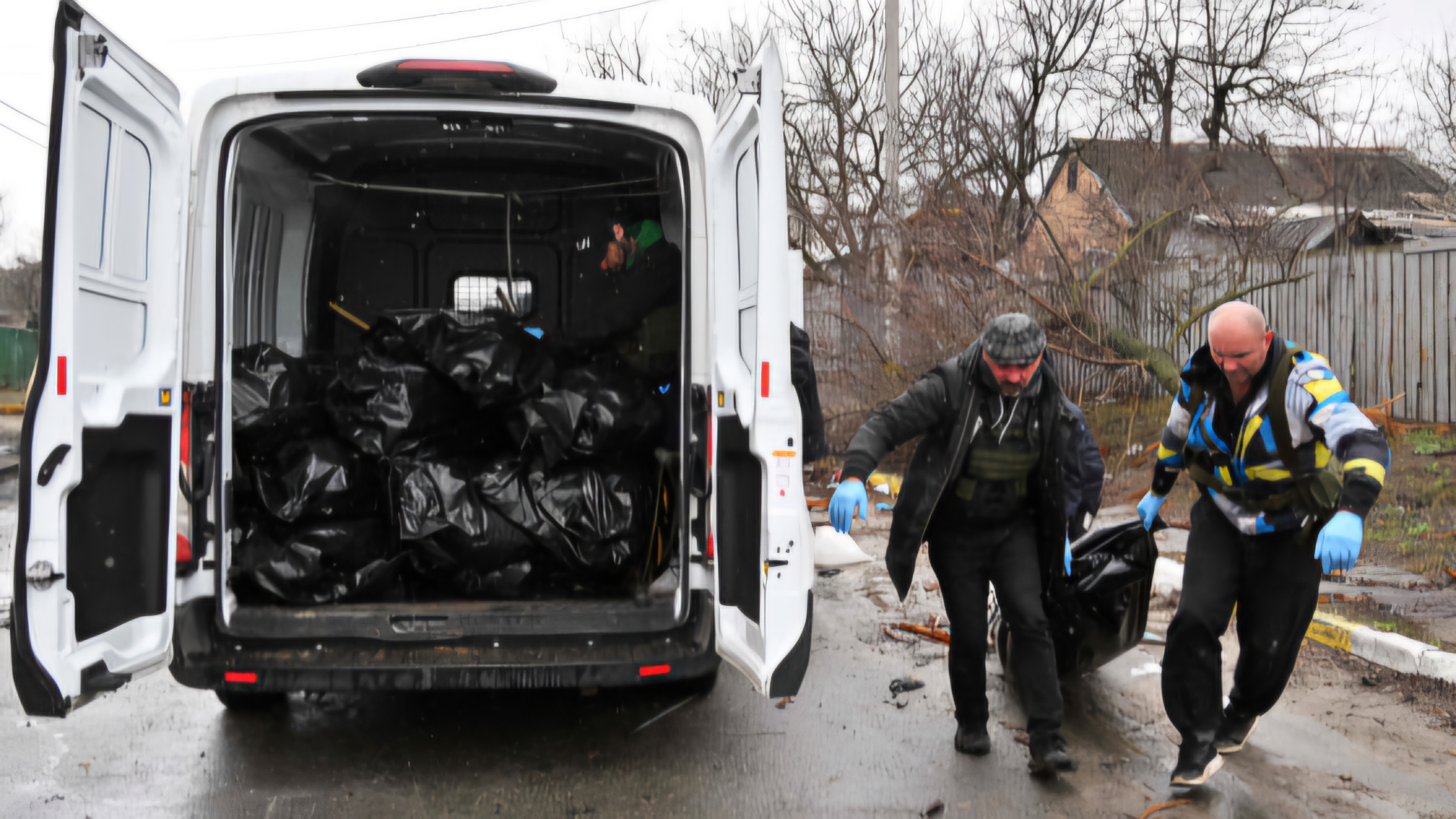
Russian military forces are making notable territorial gains in Ukraine’s northeastern Sumy region, sparking concerns about Moscow’s overarching strategic objectives and the possibility of establishing a “buffer zone” along Ukraine’s border. Ukrainian regional authorities have reported that Russian troops have occupied four villages in Sumy, with ongoing clashes near other settlements, raising alarms about further destabilization in the area.
Oleh Hryhorov, head of the Sumy Regional Government, confirmed that Russian forces seized the villages of Novenke, Basivka, Veselivka, and Zhuravka. “The enemy is continuing attempts to advance with the aim of setting up a so-called ‘buffer zone,’” Hryhorov stated in a recent Facebook post. He added that fighting remains intense near other localities, underscoring the volatile security situation. While Moscow claims it has captured a total of six villages in the region, Kyiv has not officially acknowledged any territorial gains. Ukrainian authorities and military officials have withheld detailed comments, citing the sensitivity of front-line operations.
Russian President Vladimir Putin publicly outlined Moscow’s intentions last week, revealing plans to establish security “buffer zones” along the border with Ukraine. In his statement, Putin emphasized that Russian forces are actively suppressing enemy firing points and working toward creating strategic zones designed to provide “additional support” for regions adjoining Ukraine’s Kharkiv, Sumy, and Chernihiv areas. These zones, according to Moscow, aim to fortify Russia’s border defenses amid ongoing hostilities.
The Ukrainian military’s intelligence sources and frontline analysts, including the group Deep State, suggest that Russian activity in Sumy predates official disclosures. Deep State’s co-founder, Roman Pohorily, noted that Russian forces have been gradually advancing in the area since March of this year, with control over four Ukrainian villages now confirmed on their front-line maps. Military analyst Kostyantyn Mashovets observed that Russia's advances have been painstakingly slow, moving roughly 1 kilometer over the past two weeks, likely due to the strategic importance of maintaining mobility and avoiding exposure to Ukrainian drone and artillery strikes. Moscow has reportedly redeployed units from the Donbas front to reinforce efforts in Sumy, signaling a shift in tactical focus.
Russian tactics in Sumy predominantly involve small, mobile units operating on motorbikes and armored buggies, according to Colonel Vadym Mysnyk, spokesperson for Ukrainian ground forces defending the region. These swift units are employed to avoid detection by drones and aerial surveillance, emphasizing speed and agility over heavy armor during assaults. Despite this, the region remains under persistent threat from Russian air strikes and artillery fire. Recent reports indicate over 30 guided bombs have been dropped since Saturday, with the city of Sumy enduring a major missile attack last month that resulted in the deaths of 34 civilians. Additionally, drone strikes have targeted civilian infrastructure, including an intercity bus, killing nine.
Russian forces are accused of intentionally targeting residential buildings, hospitals, and civilian vehicles to sow panic among Ukraine’s population—an assertion Moscow denies, claiming its strikes are directed solely at military targets. In response, Ukrainian authorities have undertaken mass evacuations, relocating over 200 settlements near the frontline to safer zones, a move that affects approximately one-third of the region’s territorial communities.
Military experts, including retired Colonel Serhiy Grabskiy, view the current Russian push in Sumy as part of Moscow’s broader strategic intent to distract Ukraine and stretch its military resources. “Russia’s primary objective remains the complete control of the Donbas region,” Grabskiy explained, and maintaining pressure in Sumy prevents Kyiv from concentrating defenses in more critical areas. The tactic appears to be a “zone of distraction,” designed to weaken Ukrainian front-line resilience and facilitate future negotiations.
The U.S.-based Institute for the Study of War (ISW) echoes this analysis, suggesting that any Russian success in Sumy could serve as leverage for territorial concessions in future peace discussions. While current assessments point to a limited threat of a major breakthrough—given the slow progression and Ukrainian military preparations—observers warn that Moscow’s strategic priorities could shift, accelerating their efforts in the region.
Despite the recent advances, the overall picture remains cautious. Ukrainian forces have managed to stabilize much of the border since last year, building extensive defensive lines that have improved their resilience against Russian incursions. Col Mysnyk emphasized the improved state of Ukraine’s defenses, noting that Ukrainian troops are better prepared to counter Russian operations today than at the onset of the invasion. However, experts warn that these defenses could be compromised if Moscow commits larger forces and shifts focus toward the north.
As the battle for control continues, the Sumy region remains a critical but uncertain front in Ukraine's ongoing struggle to resist Russian aggression, with the possibility that Moscow views its activity there as a means to accomplish broader strategic goals beyond immediate territorial conquests. RNG247 will continue to monitor developments in this sensitive and volatile theater.



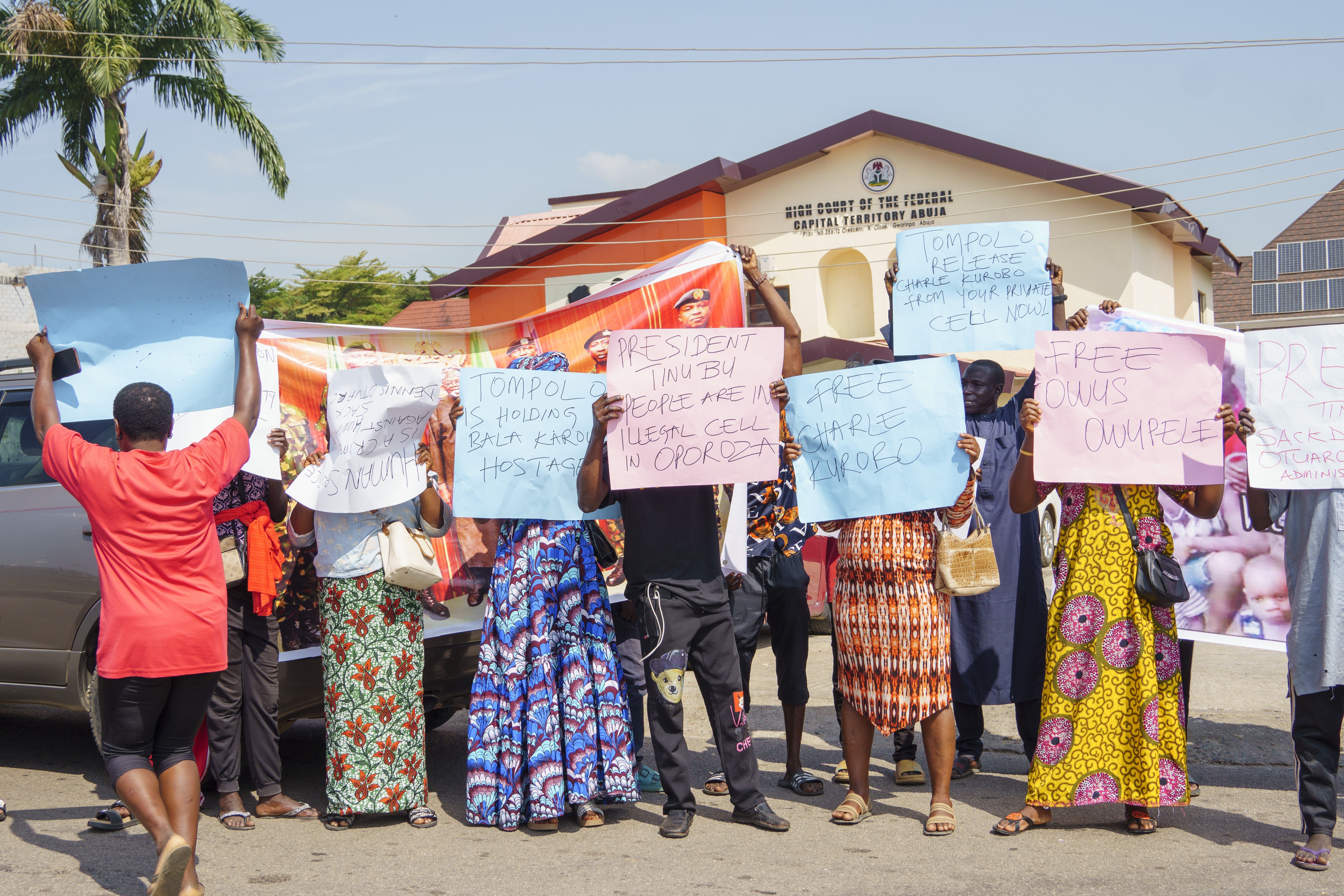



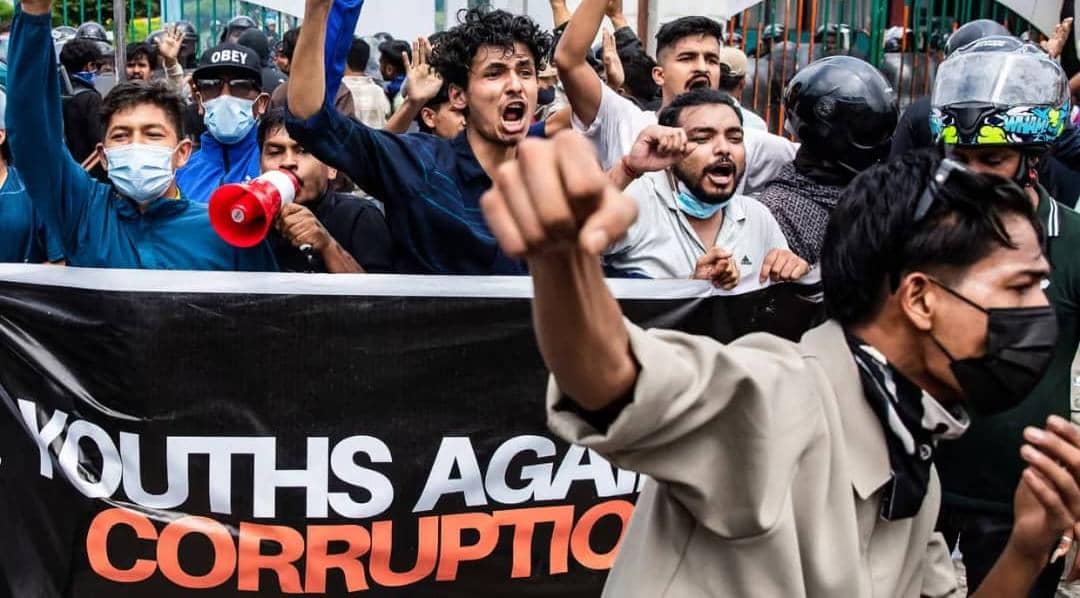

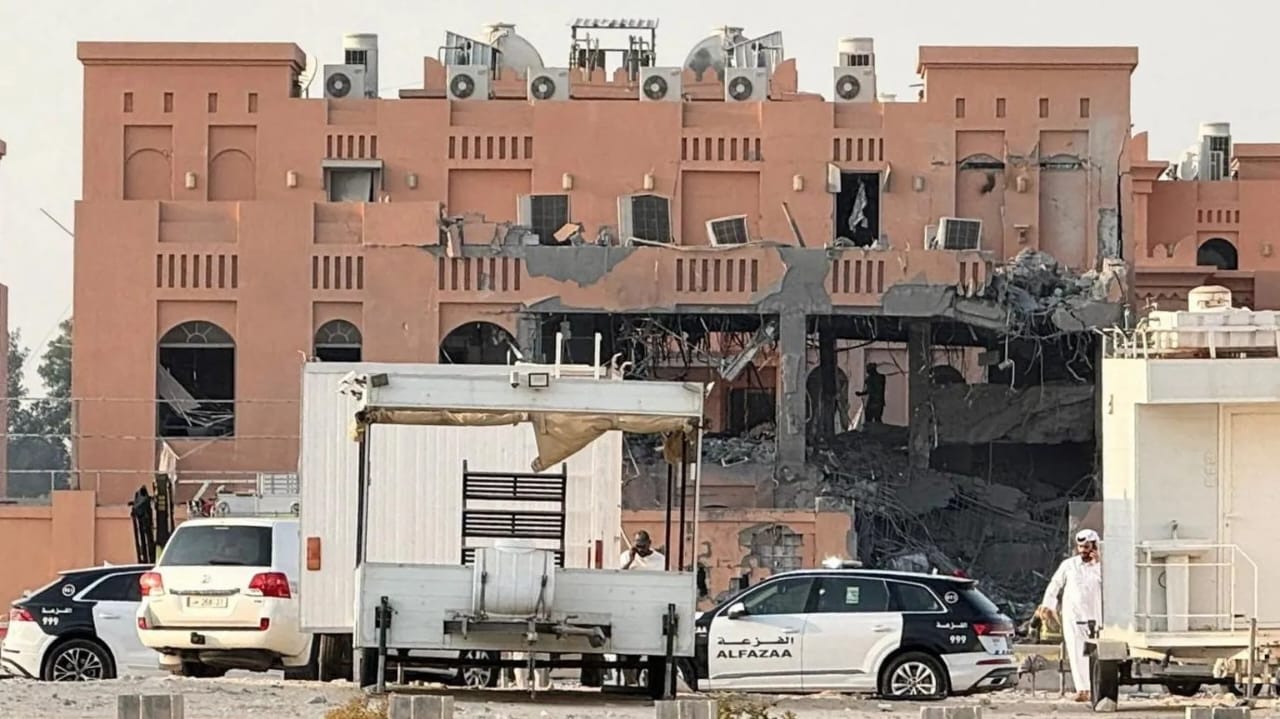
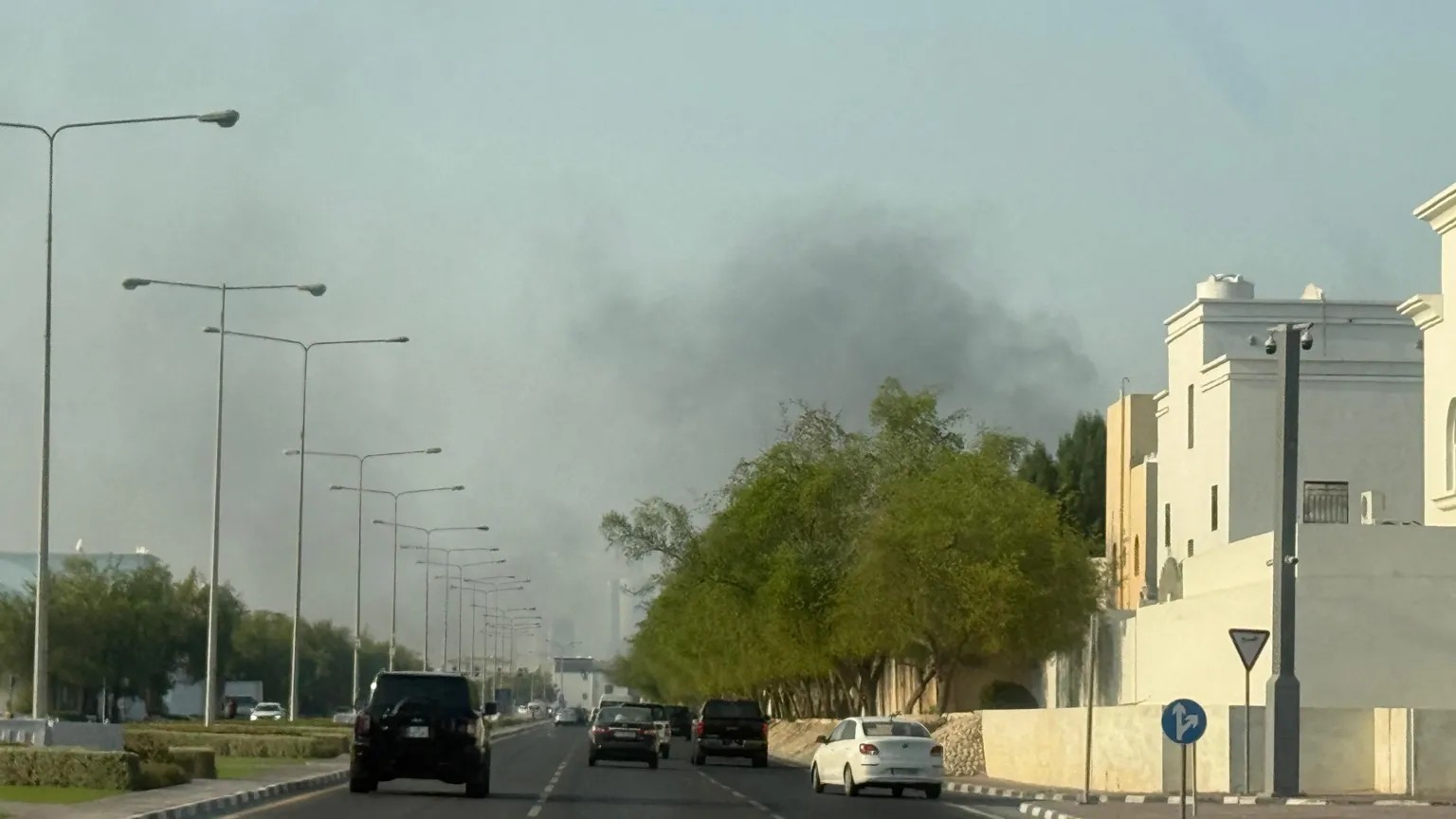

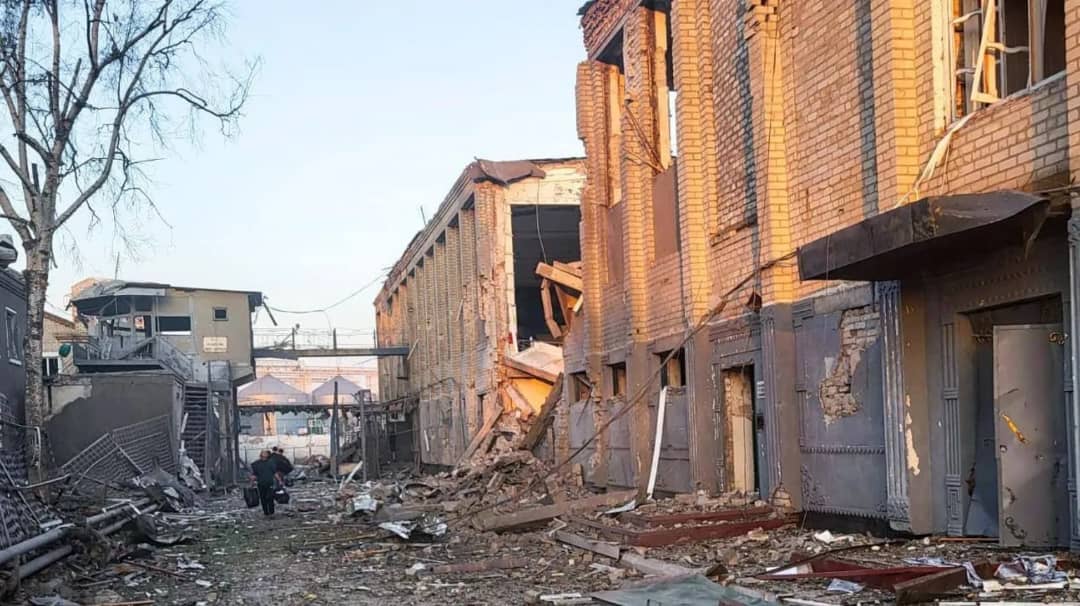
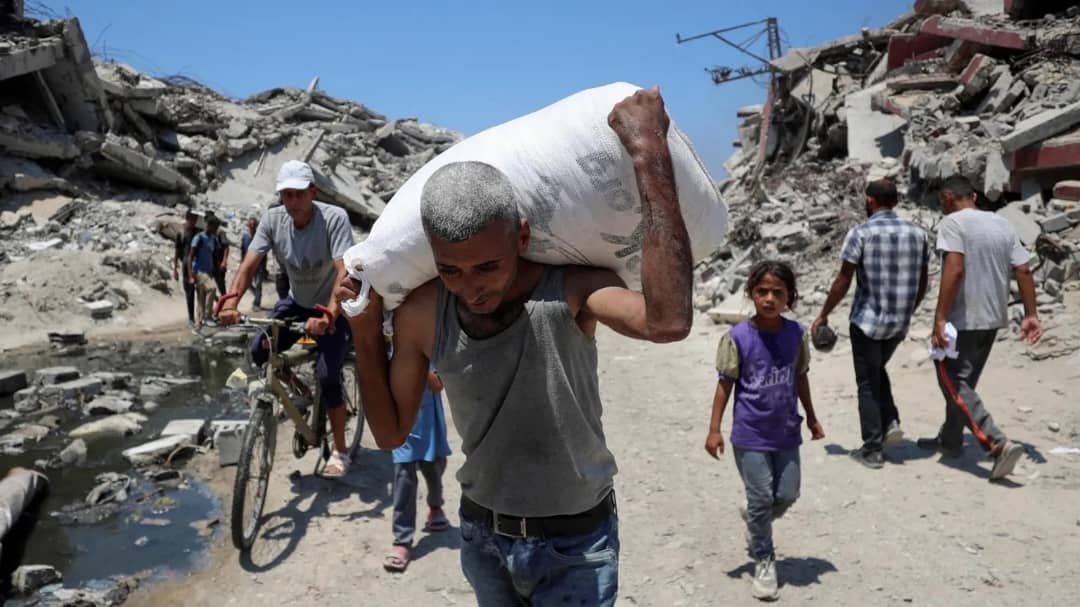
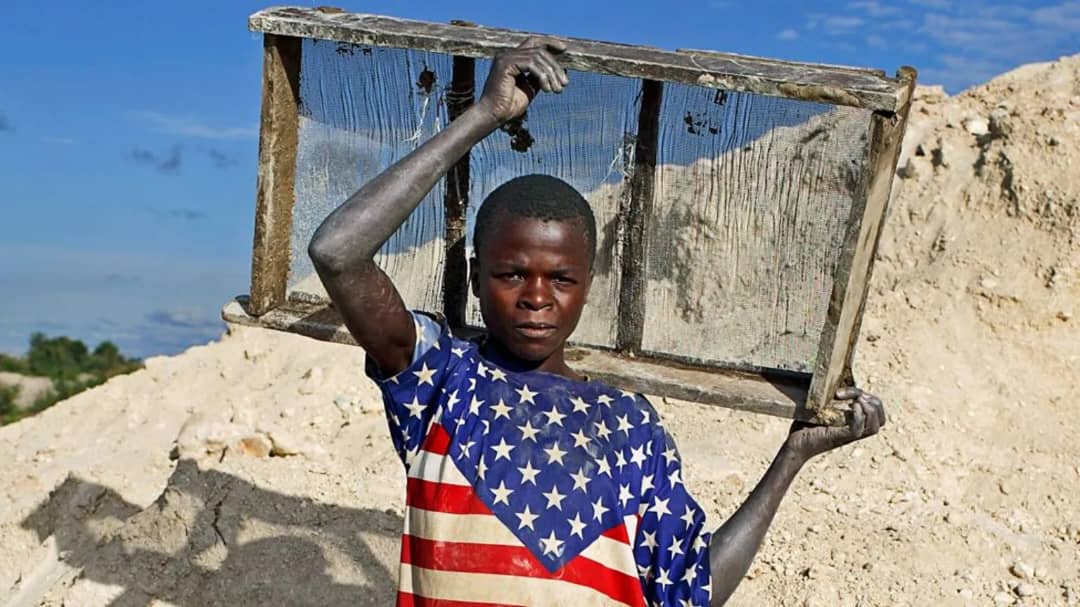

0 Comment(s)